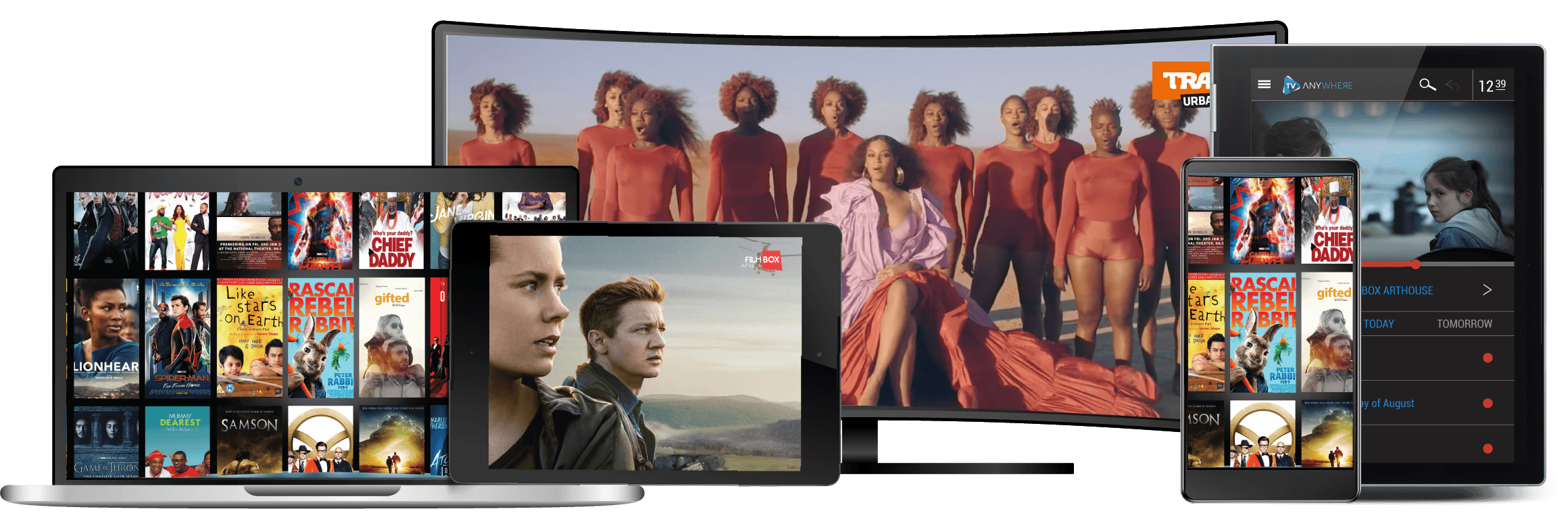
A fast-changing, increasingly digitised media environment has a high probability of affecting? how people’s everyday media ?use orientates them to a public world. Subsequent to the nationwide deregulation of the cable TV industry, the consumer electronics industry over the years has seen a year-over-year decline in TV sales. The increase in the number of devices capable of supporting digital media along with increasing internet access speed, has provided consumers with an option to access the media content of their choice anywhere.
Fastest Growing Revenue Segment: There will be a marked shift in consumer preferences towards digital media consumption. Various emerging revenue generating models gaining traction are characterized by expanded digital distribution and the creation of new channels. Such high performance suggests an increase in revenue stream, especially via video subscriptions. Strong revenue base also creates more compelling experiences for users and marketers through innovative advertising that increases consumer engagement.
Convergence: Digital platforms have proliferated, creating more direct and personalized distribution. The era of accelerated technological advancement calls for dominant convention and a new system that integrates computing networks, information and communication technologies, and digital forms of information. The processes that facilitate media convergence are shaped by social practices and cultural values and involves the option of the media to be customized and consumed ‘automatically’ to match the users profile on the device(s) of their choice. There are greater opportunities for digital content to be rendered in multiple forms and compete with restricted media landscapes.
4G/5G to evolve what content is: Limitations of mobile communication systems have been met with 4G and 5G mobile technologies, an integrated global network with comprehensive IP solutions. This provides customers with better speed where voice, data and multimedia can be provided to users anywhere and anytime. Such technologies, when deployed can integrate all terminals, applications and systems into a single unified system and accelerate the benefits of 4G technologies with premium quality and security. Broadband wireless access are known for software applications which will provide innovative feature to the user. This new application will give added value over existing offers and will be structured at a low complexity for efficient use between consumers and the wireless infrastructure.
Merger and Acquisitions: This strategy continues to be a prevalent growth element for entities worldwide and this is partly due to the quest of key stakeholders for increased shareholder value. ? ?It is regarded as a source of domestic and ??international growth for many entertainment and media companies. Multinational ? ???corporations ? ?undertake foreign ? ?direct ? ?investment ????????? mostly ? ?by employing ??????????international mergers ? ?and ? ?acquisitions. There are several ???? functional activities, ??????operational? and ?managerial benefits that follow the implementation of a merger. M&A deals are expected to generate greater economic efficiency, especially through size effects as well as improved diversification of media content. ??
Data Consumption will Continue to Grow: Provided that operators continue to encourage both the sale of smart phones and the construction of quick data networks, the growing trend in the number of mobile internet users is expected to continue. The increasing number of internet users is especially maintained by the younger generations which have been connected through mobile devices since a very early age and are also carrying these habits into their adult lives. Factors that will drive usage include an increase in the number of LTE subscriptions, improved device capabilities and more attractive data plans, as well as an increase in data-intensive content.
The technical realities of today have proven to serve as the foundation for constant change towards re-engineering technology’s function in media systems. By contrast, changing consumer requirements is a crucial factor which will influence the future market landscape. The scale of media moving towards a screen-based environment will continue to grow with the emergence of data and technology. Digital transformation has informed user-centered innovations and advanced connectivity, offering a next decade of opportunity beyond the digital frontier. Empowering digital experience will steadily evolve at a rapid pace where the overall impact will be to drive a purposeful, transformational change. Studies predict a shift from market players along the value chain through business expansion. Overall, the global media industry will be partly consolidated with a large objective of personalizing content and attaining lower levels of regulation.
- Log in to post comments
